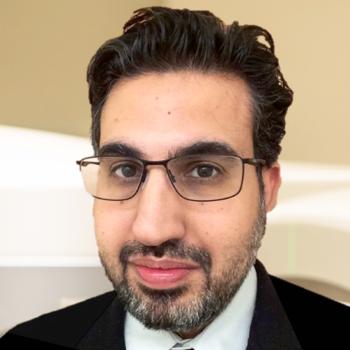Program Information
Recent Advances in Brachytherapy

A Damato
M Rivard
W Song
B Fahimian
A Damato1*, M Rivard2*, W Song3*, B Fahimian4*, (1) Memorial Sloan Kettering Cancer Center, New York, NY, (2) Hopkinton, MA, (3) University of Toronto, Toronto, ON, (4) Stanford University, Stanford, CA
Presentations
1:45 PM : Advances in navigation in brachytherapy - A Damato, Presenting Author2:15 PM : Advances in brachytherapy dosimetry - M Rivard, Presenting Author
2:45 PM : Developments in directional brachytherapy - W Song, Presenting Author
3:15 PM : Unconventional applications of brachytherapy - B Fahimian, Presenting Author
WE-F-FS1-0 (Wednesday, August 2, 2017) 1:45 PM - 3:45 PM Room: Four Seasons 1
Since its introduction in 1915, the basic concept of positioning radioactive sources in the tumor via intracavitary applicators and/or hollow interstitial needles has remained generally unchanged. Nevertheless, technological advances have profoundly changed the practice of brachytherapy. Dose sculpting through image guided high dose-rate (HDR) optimization and the calculation of volumetric dose metrics are now common in gynecologic and prostate brachytherapy. Precise, patient-specific planning has allowed previously unachievable dose escalation to the tumor, and opened the possibility of focal boosts while decreasing the dose to the surrounding normal tissue.
This session will focus on some of the most recent advances in brachytherapy. First, we will discuss how tracking technologies have been used to help with the brachytherapy insertions and planning process, including active MRI tracking applications that have the potential to simplify the practice of MRI-guided brachytherapy. Second, we will discuss how dosimetry has evolved in recent years from the TG43 formalism to model-based dose calculation methods. Finally, we will present technologies that aim at delivering modulated brachytherapy dose distribution, where the directionality of the dose distribution can be changed as desired. The last talk in the session will be a clinical example of implementation of these new technologies in a challenging and uncommon brachytherapy case.
Learning Objectives:
1. Understand the role of tracking in implantation and planning
2. Understand the model-based dose calculation models in brachytherapy
3. Understand the principles and technologies of “directional” brachytherapy
Handouts
- 127-35263-418554-126205.pdf (A Damato)
- 127-35264-418554-126870-1796823708.pdf (M Rivard)
- 127-35266-418554-126267-1522740810.pdf (B Fahimian)
Contact Email:



